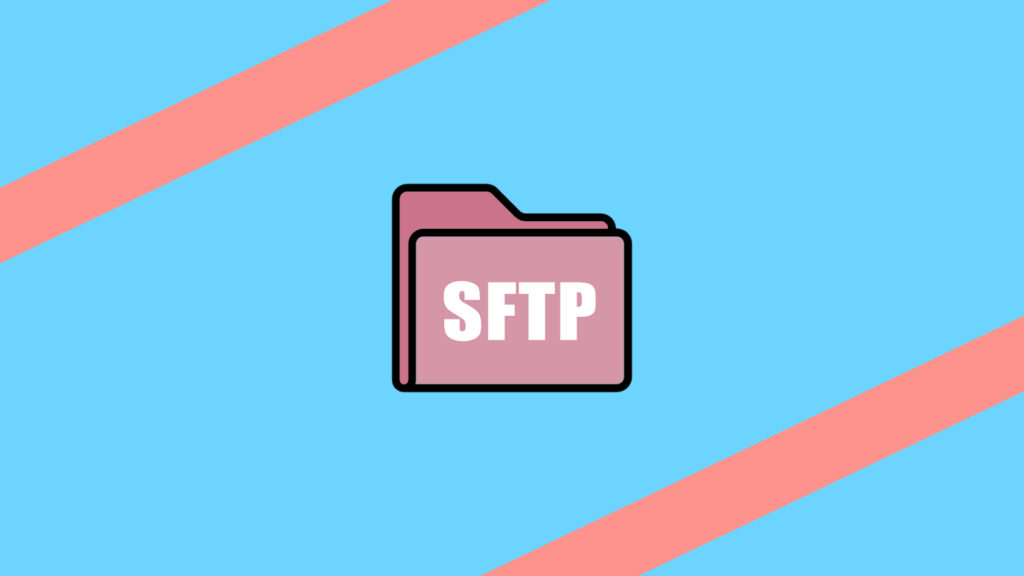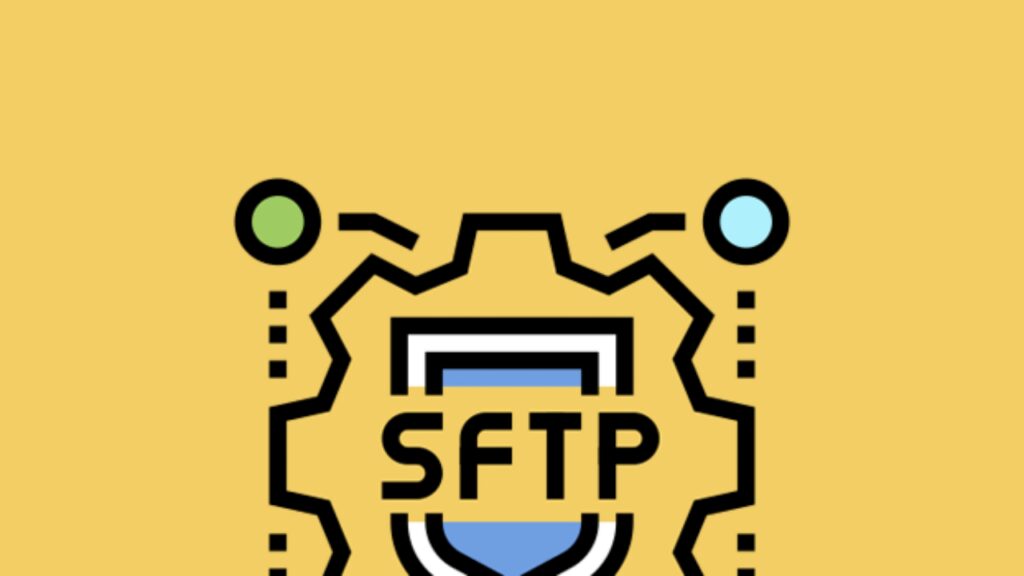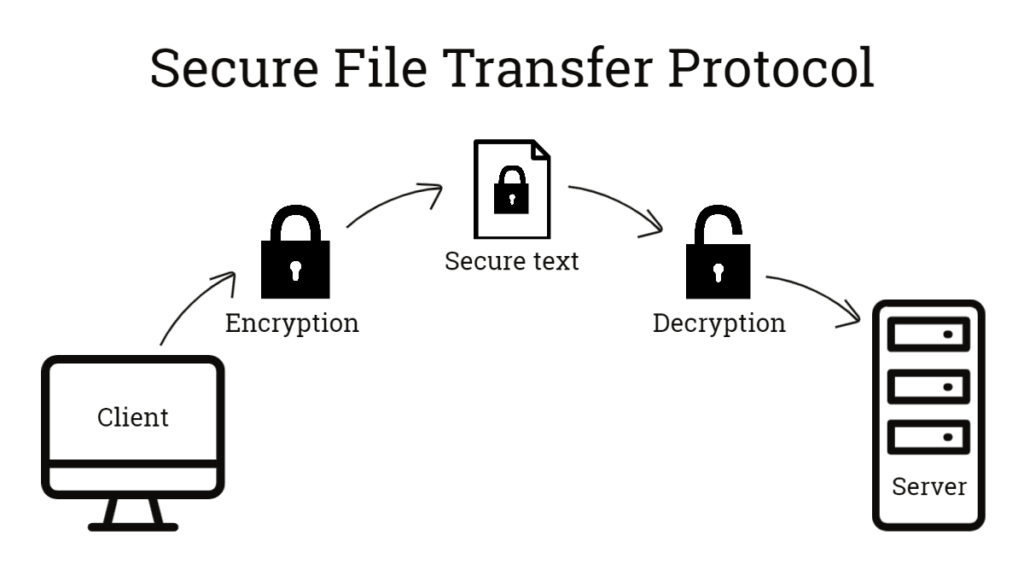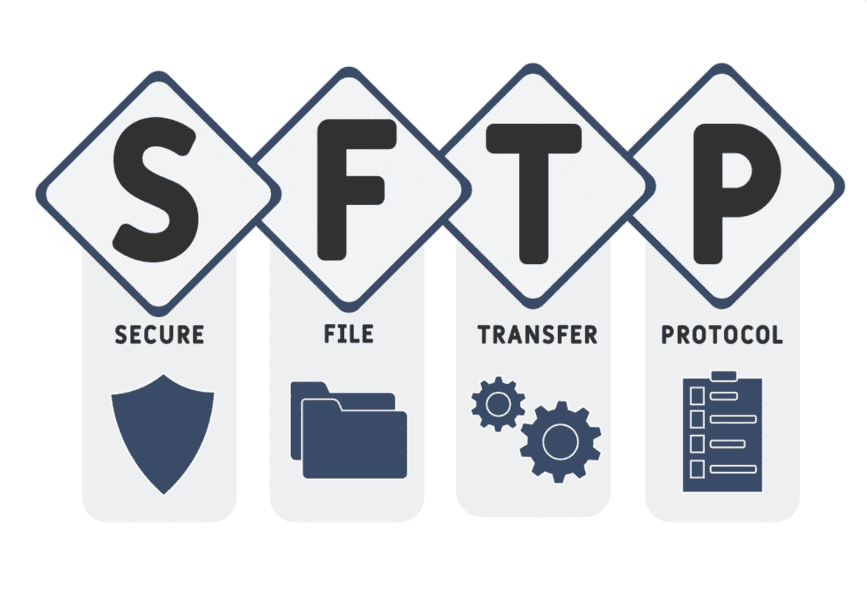In an era where data breaches are not just a possibility but a regular occurrence, the significance of data security cannot be overstated. Among the myriad of tools and protocols designed to safeguard our digital assets, Secure File Transfer Protocol (SFTP) stands out as a critical component in the realm of data protection. This article aims to shed light on the pivotal role of SFTP in securing data transfers, explore its benefits, and guide through its implementation. We’ll navigate through the technicalities of SFTP, the threats it helps mitigate, and the best practices for its use, all while maintaining a conversational tone that even a digital artist would appreciate.
Page Contents
Understanding SFTP

SFTP, or Secure File Transfer Protocol, is essentially a network protocol that provides a secure method for transferring files. It builds on the foundation of the Secure Shell (SSH) protocol to ensure that file access, transfer, and management are conducted in a secure manner. Unlike its predecessor, the standard File Transfer Protocol (FTP), SFTP encrypts both commands and data, which prevents passwords and sensitive information from being transmitted in the clear over the network.
The key difference between secure FTP and other file transfer protocols lies in its ability to provide a secure channel. While FTP can be secured using SSL/TLS as FTPS, SFTP takes it a step further by leveraging SSH’s robust encryption. This not only secures the file transfer but also ensures the integrity of the data and the authenticity of the communication channel.
The Growing Threat Landscape
Cybersecurity threats are evolving at an alarming rate, with new forms of cyberattacks emerging as quickly as we develop defenses against them. The statistics are sobering: millions of records are compromised daily, and the financial and reputational damage to businesses can be catastrophic. For individuals, a breach can mean a significant loss of privacy and financial security.
Data breaches can have far-reaching consequences, affecting every aspect of a business, from the financial bottom line to customer trust. The impact on individuals can range from identity theft to financial fraud. In this landscape, protocols like SFTP are not just a technical requirement but a necessity for maintaining the confidentiality and integrity of data.
Benefits of Using SFTP

One of the most significant advantages of SFTP is the level of encryption it offers. Data is encrypted before it’s transmitted, ensuring that it remains confidential even if intercepted. Moreover, SFTP provides robust authentication mechanisms, which can be based on passwords, SSH keys, or even two-factor authentication, adding an extra layer of security.
Compliance is another area where SFTP shines. Regulations such as the General Data Protection Regulation (GDPR) and the Health Insurance Portability and Accountability Act (HIPAA) have strict guidelines on how data should be handled and transferred. SFTP helps organizations meet these requirements by providing a secure and auditable method of data transfer. Additionally, the reliability and integrity of data transfers are enhanced with SFTP, as it ensures that files are not only securely transferred but also arrive without corruption.
Choosing the Right SFTP Solution
When it comes to selecting an SFTP solution, there are several factors to weigh. Security features are paramount, but ease of use, compatibility with existing systems, and cost are also important considerations. The market offers a range of SFTP software and services, from standalone applications to integrated solutions that offer additional functionalities like file synchronization and collaboration tools.
It’s instructive to look at case studies where businesses have successfully implemented SFTP solutions. These real-world examples often highlight the practical benefits of SFTP, such as improved workflow efficiency, enhanced security, and compliance with industry regulations. They also showcase how different industries tailor SFTP solutions to meet specific needs, providing valuable insights for those in the process of selecting their own solutions.
Implementing SFTP Best Practices

Implementing SFTP is more than just installing software; it’s about integrating best practices into your data transfer processes. Strong password policies are a must, and user access should be tightly controlled and monitored. Encryption standards need to be up-to-date, and key management should be handled with care to avoid unauthorized access.
Regular audits and monitoring are crucial for maintaining the security of your SFTP server. They help identify potential vulnerabilities and ensure that the system is being used appropriately. Additionally, having a robust backup and disaster recovery plan is essential. This ensures that even in the event of a system failure, your data remains safe and can be restored quickly.
Integrating SFTP into Your Workflow
Incorporating SFTP into daily operations should be a seamless process. It often involves integrating the SFTP server with existing software systems, which can range from content management systems to customer relationship management software. This integration can streamline workflows, allowing for secure file transfers without disrupting established processes.
Training and onboarding for employees are also critical components of integrating SFTP into your workflow. Users need to understand how to use the system effectively and recognize the importance of following security protocols. Regular training sessions can help reinforce best practices and ensure that all team members are up-to-date on the latest security measures.
Challenges and Considerations

While SFTP offers many benefits, it’s not without its challenges. Implementation can be complex, and ensuring that the system is scalable to accommodate growth is crucial. Additionally, there’s a balance to be struck between security and usability. Too many restrictions can hinder productivity, while too few can leave an organization vulnerable.
Conclusion
The importance of secure file transfer protocols like SFTP in today’s digital landscape cannot be overstated. As cyber threats continue to evolve, so must our approaches to data security. SFTP offers a robust solution that can help businesses and individuals protect their data against unauthorized access and breaches.
As we look to the future, the role of SFTP and similar protocols will only become more critical. It’s imperative for businesses and individuals alike to prioritize data security and stay informed about best practices. By doing so, we can all contribute to a more secure digital world.






